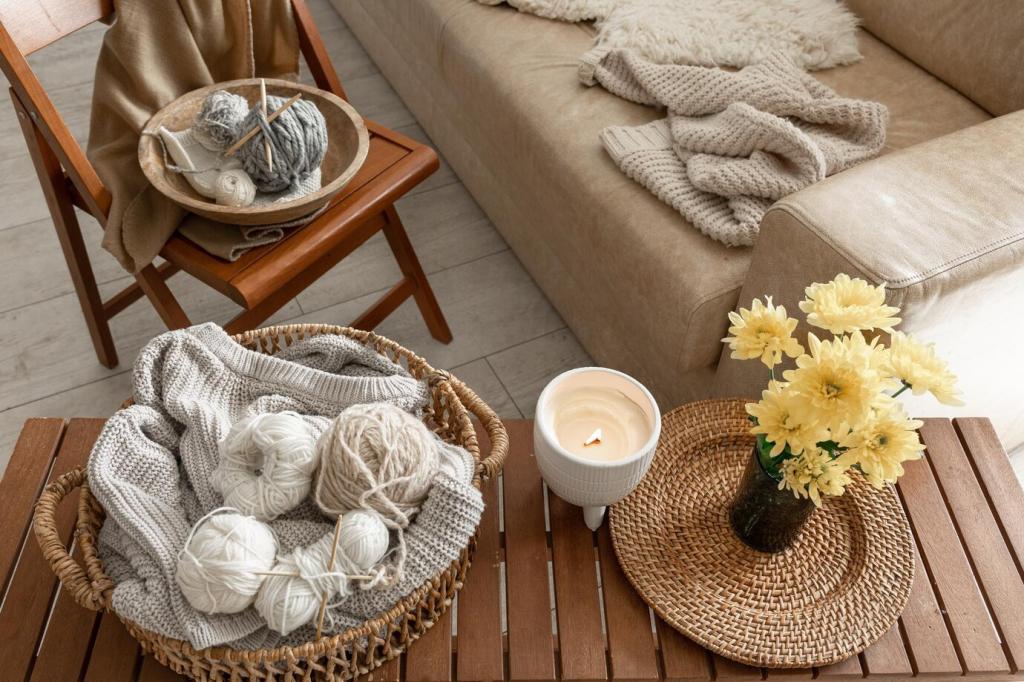Health and Indoor Air Quality Benefits
A young family shared how zero-VOC paint let them prepare a nursery without pungent fumes. Windows stayed open, but the room was comfortable within a day. While full curing still takes time, the gentler smell made welcoming their newborn calmer and more reassuring.
Health and Indoor Air Quality Benefits
If you are sensitive, test sample boards first. Some eco-friendly paint options still contain preservatives to prevent spoilage. Choose low-emission paints, ventilate well, and run a portable HEPA filter during and after painting. Share your sensitivities with suppliers and ask for tailored recommendations.







